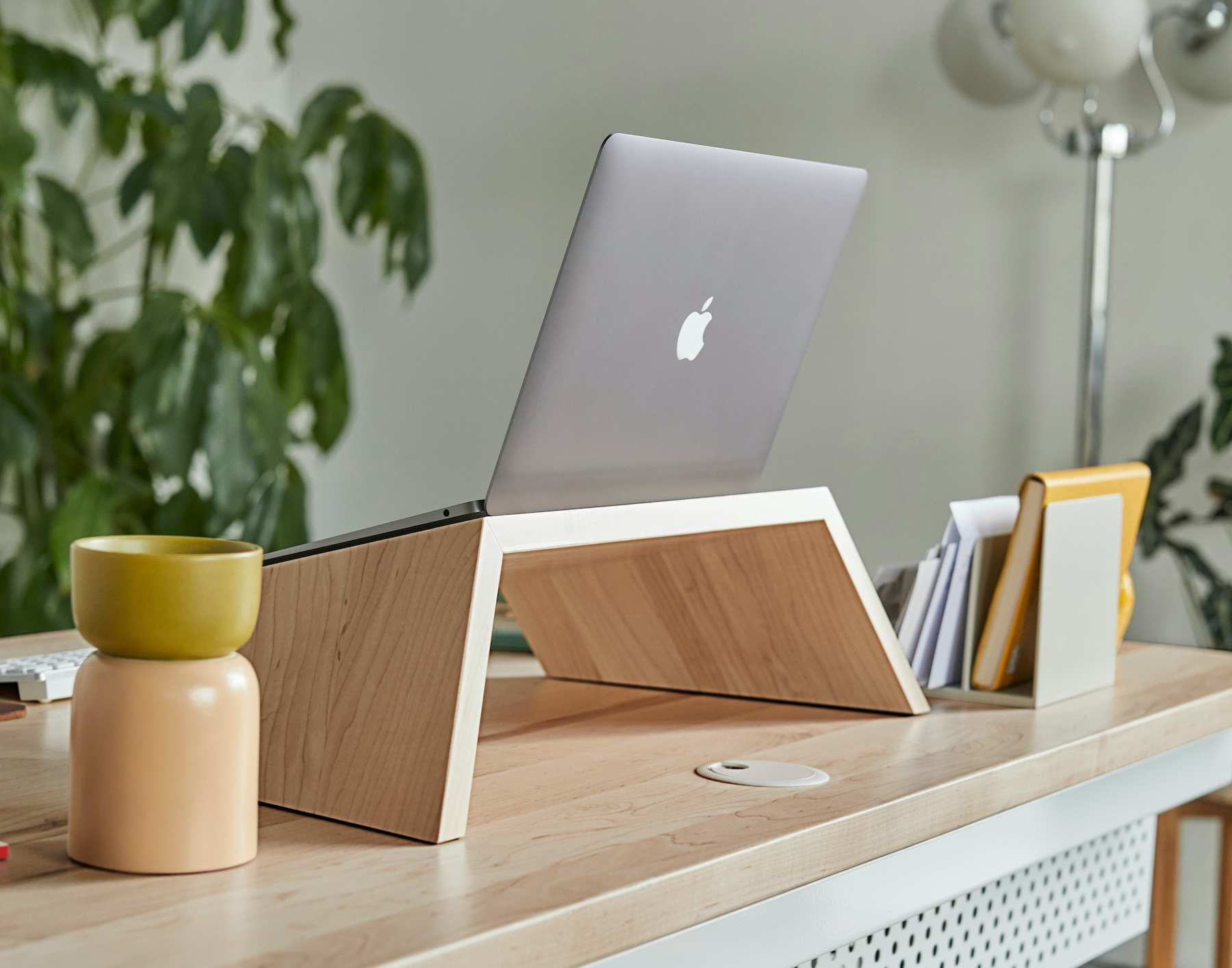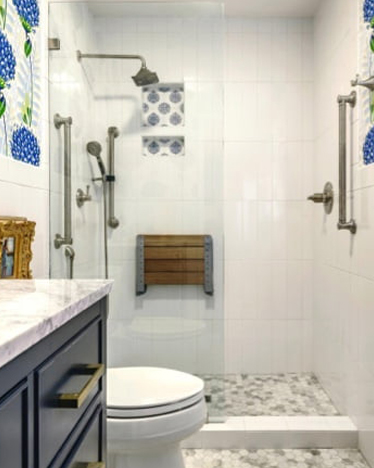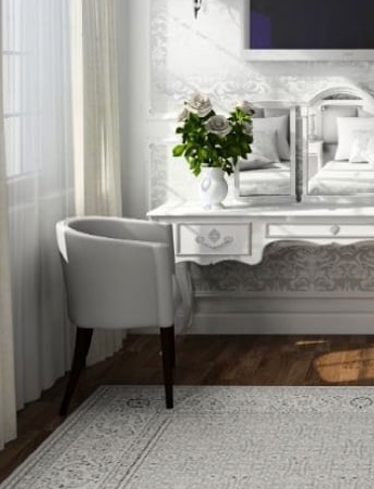Ergonomic interior design in residential spaces focuses on enhancing comfort, efficiency, and well-being by adapting to human needs and behaviors.
A well-designed home should minimize physical strain, improve functionality, and promote a healthy lifestyle. Here’s how ergonomics apply to different aspects of residential interiors:
1. Furniture and Layout
- Seating: Chairs and sofas should provide proper lumbar support and be at a comfortable height (16-20 inches for sofas, 17-19 inches for dining chairs).
- Workspaces: Home offices should have adjustable chairs, desks at appropriate heights (28-30 inches), and screens at eye level to prevent neck strain.
- Spacing: Maintain clearances (e.g., at least 36 inches for pathways) to allow ease of movement.
2. Kitchen Ergonomics
- Countertops: Should be 34-36 inches high to reduce bending and strain.
- Storage: Frequently used items should be within easy reach (between knee and shoulder height).
- Appliance Placement: Dishwashers, ovens, and microwaves should be positioned at accessible heights to prevent excessive bending or reaching.
3. Bedroom Comfort
- Bed Height: Ideal bed height is around 24 inches for easy access.
- Mattress Support: Should provide spinal alignment and pressure relief.
- Nightstands: Should be at mattress level for easy access to essentials.
4. Bathroom Accessibility
- Sink and Vanity: Should be 32-36 inches high to avoid excessive bending.
- Toilet Height: Comfort height toilets (17-19 inches) help reduce strain.
- Grab Bars: Essential for safety, especially in wet areas.
5. Lighting Considerations
- Task Lighting: Essential for reading, cooking, and workspaces.
- Ambient Lighting: Should be adjustable to reduce eye strain.
- Natural Light: Maximizes well-being and regulates circadian rhythms.
6. Flooring and Safety
- Slip-Resistant Flooring: Important in bathrooms and kitchens.
- Soft Surfaces: Rugs with anti-slip backing improve comfort and reduce falls.
- Thresholds: Should be minimal to avoid tripping hazards.
7. Smart Home Integration
- Voice-Controlled Devices: Reduce the need for repetitive movements.
- Adjustable Heights: Motorized furniture and countertops improve accessibility.
- Automated Lighting: Enhances convenience and safety.
By incorporating ergonomic principles in residential design, homeowners can create comfortable, functional, and safe living environments.
Prioritizing human-centered design enhances daily life and promotes long-term well-being.
Would you like recommendations for specific rooms or furniture types? Contact us!
No Comment
Leave a Comment






